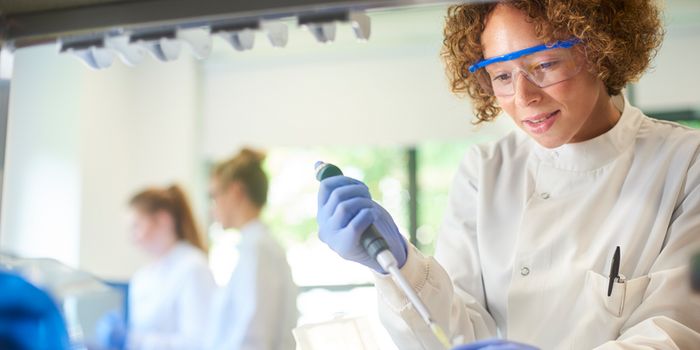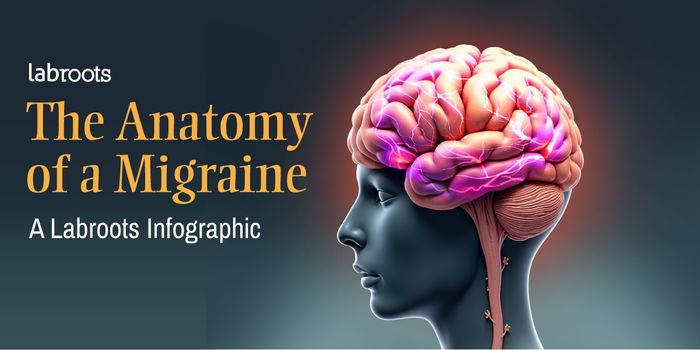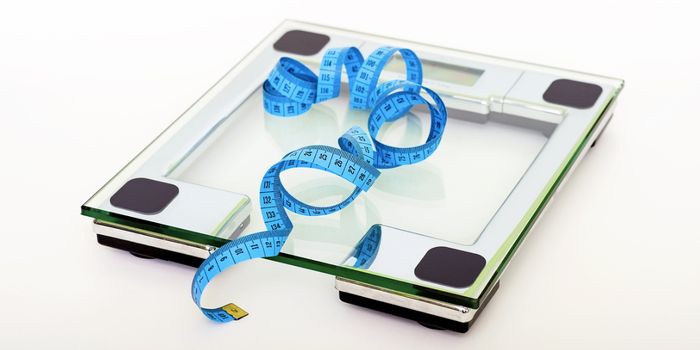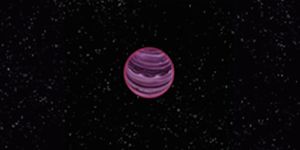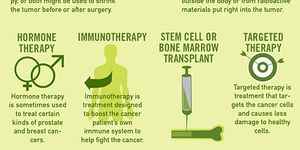By storing information in DNA, large amounts of data can be preserved in a very stable fashion, according to Robert N. Grass, Ph.D., of ETH Zurich, at the American Chemical Society (ACS) Conference and Expo in Boston. Grass explained that a paperback book-sized hard drive can back up five terabytes of information, whereas DNA could store more than 300,000 terabytes in a fraction of an ounce, as reported in
Bioscience Technology.
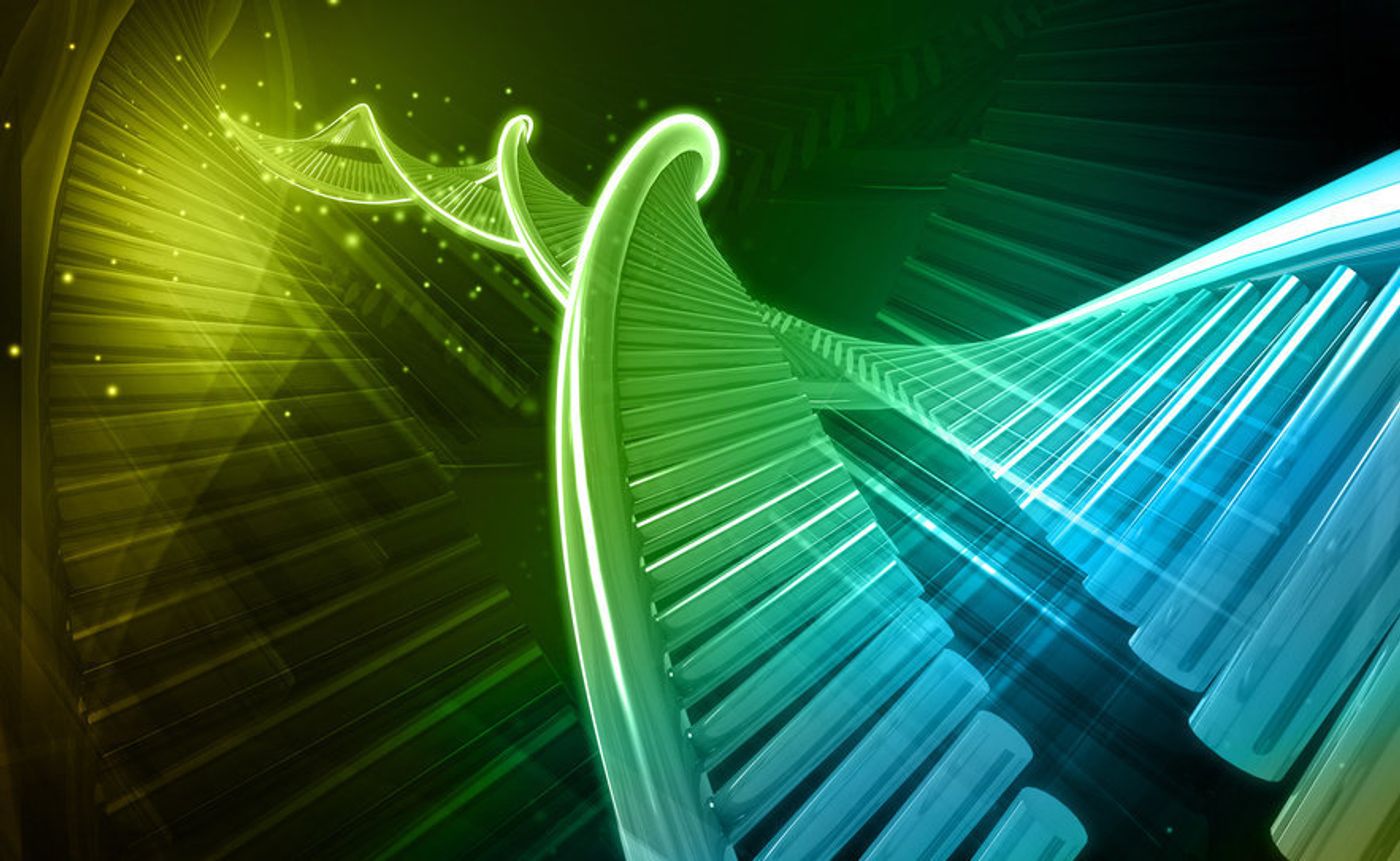
DNA can provide stable storage for thousands of years, according to researchers.
Image Credit: Shutterstock
Researchers at ETH Zurich, an international university for technology and the natural sciences, first needed to determine how to translate the information so it could be read in DNA. Then they had to figure out how to physically store the DNA molecule to keep it “as stable as a fossil that encodes genomic data for hundreds of thousands of years.” They accomplished the first part by translating digital data into DNA base pairs. To accomplish the second issue, they “generated an artificial fossil, where the DNA is encapsulated in inorganic material where it’s protected from water, oxygen, and it doesn’t degrade as fast,” Grass said.
Grass used silicon and glass. Glass “can be easily synthesized in water at room temperature, it’s an extremely inert material and it’s extremely resilient to the environment, Grass explained. “We use small glass particles that are only a few nanometers large, in which we chemically entrap DNA molecules. In that entrapped state they are almost as stable as they are when they are entrapped in fossil bones of a few hundred thousand year old fossils, which are known to be stable over that time-frame.”
To be sure that they had corrected for possible mutations when reading what is encoded in the DNA, the researchers “encoded DNA with 83 kilobytes of text from the Swiss Federal Charter from 1291 and the Method of Archimedes from the 10th century,” Grass said. When the DNA was encased in the inorganic spheres, it got warmed to nearly 160 degrees Fahrenheit for one week, which, according to Grass, is comparable to keeping it for 2,000 years at 50 degrees. It was error free when it was decoded, he said.
Now the researchers are trying to improve the stability of the molecule and further understand its decay characteristics as well as to create a filing system for the storage. As Grass explained, “In DNA storage, you have a drop of liquid containing floating molecules encoded with information. Right now, we can read everything that’s in that drop. But I can’t point to a specific place within the drop and read only one file.”
ETH Zurich, which was founded in 1855, has more than 18,500 students from over 110 countries, including 4,000 doctoral students. Twenty-one Nobel Laureates have studied, taught or conducted research at
ETH Zurich.


